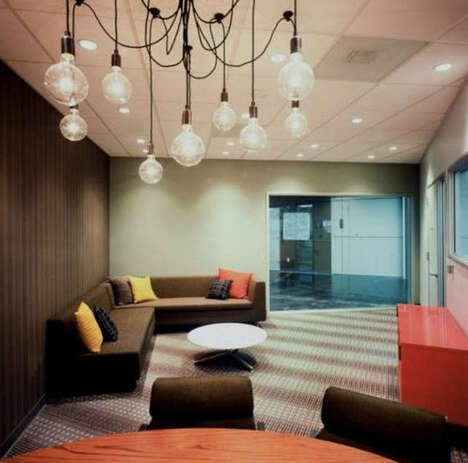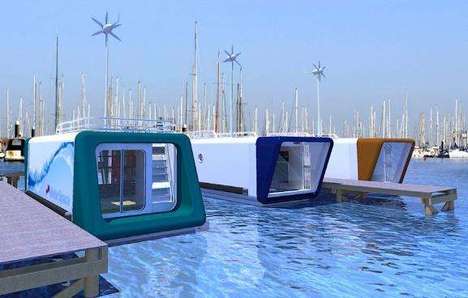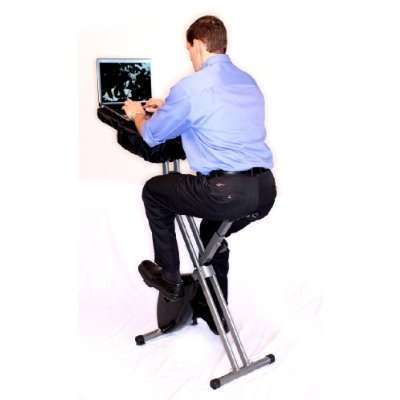What the Most Innovative Office Spaces Have in Common
Related Trend Reports
Art & Design, Branding, Business, Design, Furniture, Health, Home, Life, Life Stages, Lifestyle, Toys, Unique As more and more start-ups are making it big in the business world, the understood design of an innovative office space is undergoing a makeover. Though many companies have kept on with cubicle-style layouts, more modern brands have established spaces that suit their cutting-edge approach to business. There are many companies that have received huge praise for their new school office layouts, but what do these spaces have in common?
As more and more start-ups are making it big in the business world, the understood design of an innovative office space is undergoing a makeover. Though many companies have kept on with cubicle-style layouts, more modern brands have established spaces that suit their cutting-edge approach to business. There are many companies that have received huge praise for their new school office layouts, but what do these spaces have in common?1. They facilitate collaboration. Many famous offices these days not only feature a cubicle-free environment, but ensure that employees will interact with one another in a social way. Threadless, a Chicago-based t-shirt design company, mixes both private and public spaces to facilitate "hot desking," a layout approach that ensures that many employees will be able to speak to and socialize with one another. Though not all offices may be able to adapt this exact strategy, it's wise to create and maintain an environment where socializing is encouraged, not punished or avoided. Maintaining a collaborative environment ensures that the most innovative ideas can be developed, and ignoring this fact can and has led to stagnant ideas and an uninspired workforce.
2. They appeal to the needs of employees. Treating employees like well-mannered and productive robots will not increase productivity. Though facilitating a work-only environment has been popular in the past, more and more modern companies are facilitating an office that takes the "home away from home" approach. Making employees' lives more comfortable rarely goes without reward, and facilitating a more livable office improves employee morale in a hugely important way. Google, a famously innovative brand, is known for providing its employees with access for fitness facilities, napping stations and even massage services.
3. They avoid a hierarchal design structure. In many new office spaces, the corner office is now seen as archaic and obsolete idea. The popularity of open floor plans that allow more senior employees to interact with newer hires is no mistake, and reflects an integral change in the structure of high-power companies. This design ensures that seniority doesn't get in the way of morale or the development of innovation.
For more information regarding innovation in office design, check out Trend Hunter's Design Trend Report and Business Trend Report.
References: trendreports


